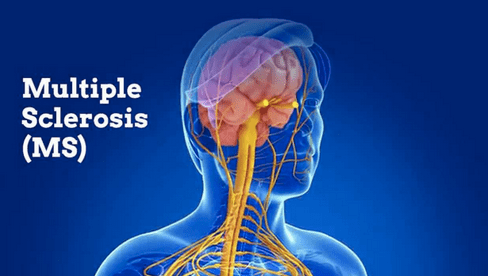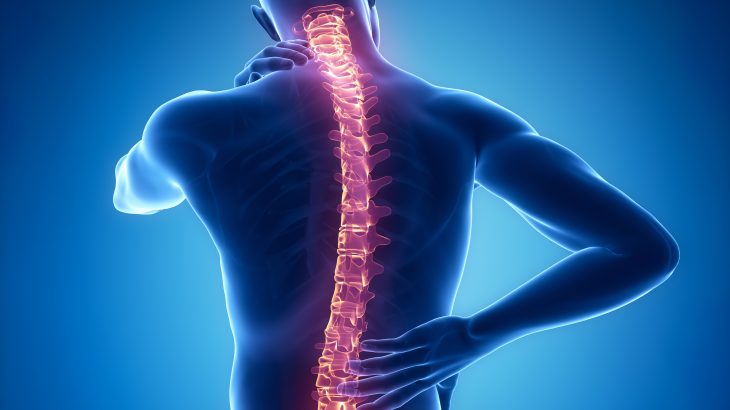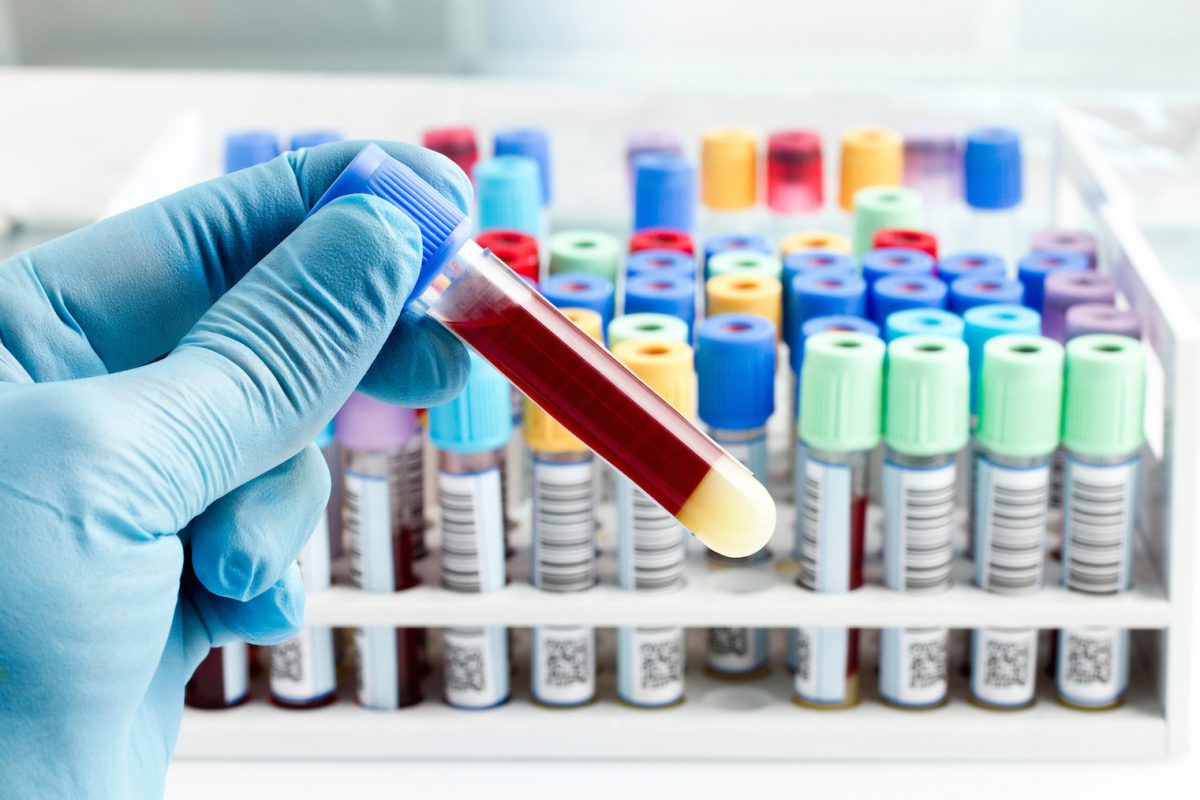Everything you need to know about seizures
What is a seizure?
What are the symptoms of seizures?
What causes seizures in children and adults?
What if someone has a seizure?
What are ways to prevent and treat seizures?
What are the symptoms and characteristics of different types of seizures?
What is the first aid when having a seizure?
These are probably the most common questions about seizures that we will answer in this section of the site.

What is a seizure?
Seizures, or the common terms fainting which is associated with the body’s contractions, can not always be due to epilepsy. Still, various symptoms and causes are involved in the disease.
A seizure is a sudden and uncontrollable attack on the brain that can cause changes in behavior, movements, emotions, and consciousness levels.
Many types of seizures vary in severity. Types of epilepsy vary in where and how they start in the brain.
Most attacks last from 30 seconds to two minutes, and if the attack lasts more than five minutes, it is an emergency. Seizures can occur after a stroke, head injury, infection such as meningitis, or another illness.
However, the cause of an attack is often unclear. Most of these disorders can be controlled with medication, but their management can significantly impact people’s daily lives.
Symptoms of seizures
the symptoms can vary from mild to severe, depending on the type of attack.
- Temporary confusion
- gazing
- Uncontrollable shaking of arms and legs
- Lack of awareness or consciousness
- Reduce cognitive or emotional symptoms such as fear, anxiety, or familiarity.
Focal seizures
Focal seizures are caused by abnormal electrical activity in an area of the brain. Attacks can occur without loss of consciousness or loss of consciousness.
Focal seizures with imperfect consciousness
These seizures include changes or loss of consciousness. You may stare at something and not usually react to your surroundings or do repetitive movements such as rubbing your hand, chewing, swallowing, or walking.
Focal seizures without loss of consciousness
These attacks may change emotions, but you do not lose consciousness. These seizures can cause unpleasant movement of a part of the body, such as an arm or leg, and spontaneous sensory symptoms such as itching and dizziness. Symptoms of focal seizures may be confused with other neurological disorders, such as migraines, sleep problems, or mental illness.
General seizures
Seizures that seem to involve all parts of the brain are called generalized seizures.

Different types of general seizures
Tonic seizures
Sudden attacks cause your muscles to tighten. These attacks usually affect your back, arms, and legs and may cause you to fall.
Atonic seizures
Atonic seizures, also known as drop seizures, cause you to lose muscle control, which can cause you to fall or fall suddenly.
Colonic seizures
These attacks usually affect the neck, face, and arms. Colonic seizures are associated with repetitive or rhythmic movements.
Myoclonic seizures
Myoclonic seizures usually cause sudden and brief tremors in the arms and legs.
Clonic tonic seizures:
It is the most dramatic type of epilepsy and can cause sudden loss of consciousness, muscle contractions, tremors, and sometimes loss of bladder control or biting your tongue.
When should you consult a doctor?
- when seizure lasts for more than five minutes.
- Respiration or resuscitation return after seizures.
- The second attack takes place immediately.
- High fever.
- diabetes.
- You may have injured yourself during a seizure.
- If this is the first time you have had an attack, seek medical advice.
- Causes of seizures
Nerve cells (neurons) in the brain send and receive electrical impulses that allow neurons in your brain to communicate. Anything that disrupts these communication pathways can lead to seizures.
The most common cause of seizures is epilepsy. But not everyone who has a seizure has epilepsy.
Attacks can sometimes occur for the following reasons:
- High fever can be associated with an infection such as meningitis.
- Lack of sleep.
- Anemia sodium can occur with diuretic treatment.
- Use sedatives, antidepressants, or a recent quit of smoking.
- Head injuries that cause bleeding in the brain.
- Stroke.
- Brain Tumor.
- Use of illicit drugs such as amphetamines or cocaine.
- Seizure problems:
Falling to the ground
If you have a seizure, you may injure your head or break a bone.
car accident
An attack causes you to lose consciousness or control and can be dangerous, especially if you drive a car or work with other equipment.
Drown
If you have seizures while swimming, you may drown.
Pregnancy problems
Seizures during pregnancy pose a risk to both mother and baby, and some antiepileptic drugs increase congenital disabilities. If you have epilepsy and plan to become pregnant, talk to your doctor.
Emotional health issues
People with seizures often have mental health problems, such as depression and anxiety.

Seizure diagnosis
After a seizure, your doctor will thoroughly review your symptoms and medical history. He or she may perform several tests to determine the cause and to evaluate its probability.
These tests may include the following:
Nerve test
Your doctor may test your behavior, motor skills, and mental function to determine if you have a problem with your brain or nervous system.
Blood tests
Your doctor may take a blood sample to check for signs of infection, genetic conditions, blood sugar levels, or electrolyte imbalances.
Lumbar puncture
If your doctor suspects an infection for acne, he or she may need to take a sample of your cerebrospinal fluid for testing.
Electroencephalogram (E.E.G.)
In this test, doctors attach electrodes to your scalp with a paste-like substance. The electrodes record the brain’s electrical activity, shown as wavy lines on an E.E.G. record. The E.E.G. may reveal a pattern that tells physicians whether a recurrence occurs.
An E.E.G. test may also help your doctor rule out other conditions that mimic seizures as the cause of your attack.

Computed tomography (C.T.)
C.T. scan uses X-rays to get cross-sectional images of the brain. C.T. scans can reveal abnormalities in your brain that may trigger an attack, such as a tumor, bleeding, or cyst.
M.R.I
An M.R.I. scan uses strong magnetism and radio waves to make a detailed examination of the brain. As we will explain more in the section on moist health, your doctor may be able to diagnose lesions or abnormalities in your brain that can lead to epilepsy.
P.E.T. scans use small amounts of radioactive material to help visualize active areas of the brain and diagnose abnormalities.
Seizure treatment
Anyone who has a seizure once is not going to have a recurrence, and because an attack can be a separate incident, the doctor must decide whether to start treatment.
Seizure medicine
There are several types of anticonvulsants available to treat seizures. The goal is to find a drug that works best for you and has fewer side effects. In some cases, your doctor may recommend more than one medication.

Surgery
The goal of surgery is to prevent seizures, and surgeons find and destroy the brain’s area where the seizure begins.
Nerve stimulation
A device is inserted under your chest’s skin that stimulates the vagus nerve and blocks signals sent to the brain. You may also take the medication with this treatment.
Nervous mobility reaction
During this treatment, a device is placed on the brain’s surface or in the brain tissue to detect seizure activity and stop electrical stimulation.
Deep brain stimulation
Doctors insert electrodes into specific areas of the brain to produce electrical impulses that regulate abnormal brain activity. The electrodes are attached to a pacemaker located under your chest’s skin that controls the amount of stimulation produced.
Dietary treatment of seizures
Following a low-fat, low-carb diet can improve seizure control.
Pregnancy and seizures
Women who have had previous seizures can generally have a healthy pregnancy. Congenital disabilities are related to certain medications that sometimes occur.
It may be best to change the amount of anticonvulsant medication before or during pregnancy in some cases. Medications may change in rare cases.
Anticonvulsants and contraceptives
Some anticonvulsants can change the effectiveness of birth control pills.
If contraception is a high priority for you, talk to your doctor about whether your medication is interfering.
Take medicine correctly
Do not change its use before talking to your doctor. Check with your doctor if you feel that your medication needs to be changed.
Get enough rest
Lack of sleep can lead to seizures. Make sure you get enough rest every night.
Wear a medical alert bracelet
Helps emergency personnel treat you properly in the event of a severe attack.
Be active
Exercising and being active can help you stay healthy and reduce your depression. Make sure you drink enough water and rest well if you are tired.
Make healthy choices
Stress management, limiting alcohol, and avoiding smoking leads to a healthy lifestyle.
Personal safety for seizures:
Seizures do not usually lead to serious injury, but you may be injured if you have recurrent seizures. These steps can help you prevent injury during an attack:
Do not swim alone or be alone in a boat.
Wear a helmet to protect yourself during activities such as cycling or participating in sports.
first aid
It’s beneficial to know what to do when you have a sudden attack. If you are at risk of being attacked, share this information with your family, friends, and co-workers, so they know what to do.
If someone is attacked, you can do the following:
- Carefully turn the person to one side.
- Could you put something soft under his head?
- If there is something around his neck, loosen it.
- Avoid putting your fingers or other objects in his mouth.
- Avoid trying to prevent seizures.
- If the person is moving, move dangerous objects away from him.
- Stay with him until the medical staff arrives.
- Look closely at the person so you can report details of what happened.
- Stay calm during seizures.
Also Read:
All symptoms of kidney stones and treatment methods
What are the types of heart pain, and what should be done?
24 home remedies to reduce fever










